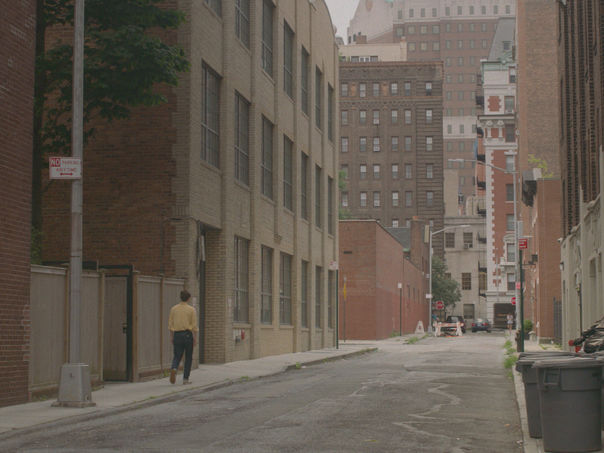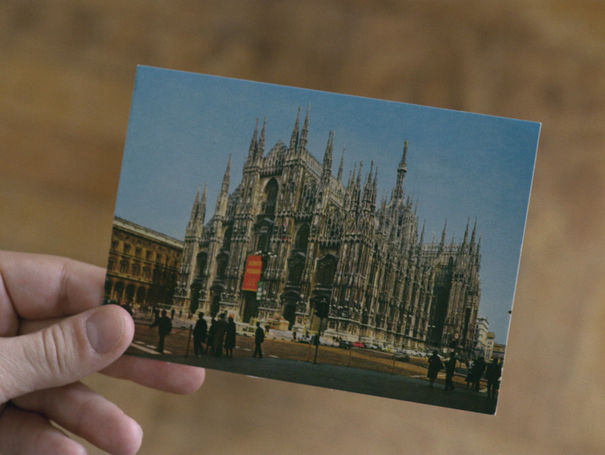Breaking Through the Screen – Opening Spaces of Political Resistance at the Berlinale
By Iván Zgaib

Notes on an Appearance
The year is 2018. The city is Berlin and its streets are crowded. Someone wants to enter Hallesches Tor metro station, but it is closed. Outside, the police intervenes in the conflict between a group of Neo-Nazis and other people who have organised a counter-protest. From there it is only two subway stations to the Berlinale, where the impeccable red carpet, delicately dressed stars, and the camera flashes seem to come from some parallel universe. But if you dig a little deeper, other similar political stories are revealed by foreigners visiting the festival: the Chilean state’s security forces acting with impunity, economic public cuts in Argentina, discriminatory outbreaks against refugees in Romania and right-wing parties selling slogans of neoliberal development in India.
If the events of the historical present draw a picture of a world on edge, contemporary culture responds with images full of distorted reflections. The fictions about apocalypse that threaten humanity and the images of pop stars dancing until the world ends are only a few examples. These visions usually appear as symptoms of an impossibility; the one of imagining a political practice against capitalism. If the economic system is sustained under a cultural illusion in which there is no alternative, it is valid to ask how films can elaborate the historical landscape. Because, after all, cinema is an expressive device that proposes new visions of the world in an audiovisual form. What are the possibilities offered by contemporary cinema to imagine the unimaginable? In other words, how are films opening spaces for political resistance in representation?
The idea of an emerging political movement and the difficulty to understand it appears at the centre of NOTES ON AN APPEARANCE by Ricky D'Ambrose, in Forum. The dramatic turbulence of the film is developed through a feeling of uncertainty, at the intersection of two simultaneous events. On the one hand, the mysterious disappearance of David, a young man who is hired to research the work of a philosopher, and on the other, the death of the latter, Steven Taubes, a fictional political theorist. Both disappearances sustain the drama with which D'Ambrose plays: what follows is a cryptic narrative inquiry where the political (what was the theoretical message of Taubes?) and the personal (what happened to David?) are connected through a poetic use of indexes. NOTES ON AN APPEARANCE mostly follows Todd, who tries to find out what happened to David. It is a quest that creates the structure of a noir detective story full of clues. Both David's whereabouts and the outlook on the political state of the world are represented as unattainable; they are only presented as incomplete signs suggesting a blurred reality. The formal approach of the film puts forward a persistent and frustrating struggle to decipher that mystery, hence the importance of the frames where objects are displayed. David’s disappearance and Taubes’ thoughts are tracked through maps, home videos, books, postcards and newspaper clippings. These introduce an indexical quality that weaves the poetics of the film. It is an aspect that also repeats in the frames’ evocative composition: the image of David's bed, covered by wrinkled white sheets, reveals an empty space that announces the trace of someone who was present and is no longer there.
There is very little legible information about Taubes’ philosophy. The presence of a book called "Flight from Capital and After" is the first clue about his stance against the inequalities of the system. Some newspaper clippings mention followers who consider the philosopher a visionary while other articles accuse him of being a reactionary anti-Semite. Through these details and ellipses, NOTES ON AN APPEARANCE stages an aesthetic and narrative exploration that adopts the fragmentary state of contemporary society: it shows us a world that cannot manage to put together a cohesive narrative about its own time.

Another philosophical path is offered by THE RARE EVENT, screening in Berlinale Forum Expanded. Co-directed by Ben Russell and Ben Rivers, the movie builds a mise-en-scène around a political and philosophical debate and asks: what are the possibilities of resisting in today's world? That is the central interest that brings together a group of thinkers in a “forum of ideas”. The filmmakers introduce a strange man, who orbits them in a green suit that also cloaks his face. Russell and Rivers’ exploration thus opens a sensorial dimension to the processes of reflection. Discussions between people are often interrupted, distorted with echoes, or filmed from angles that leave their faces offscreen. In this sense, the statements about the notion of resistance are not the only focus, concentrating instead on the aesthetic strategies that shape the debates and imaginations of political action.
The sensory approach in THE RARE EVENT works on a rarefying effect of the everyday. From time to time, the Green Man's suit becomes the window through which we leave the "forum of ideas" and access a more abstract visual space. Rendered in green, this dimension is composed of a chorus of unidentifiable voices and the blowing of a cracked wind. There are also geometric figures that fly, merge and reform. This is how Russell and Rivers construct a visual and sound space that alludes to the possibilities of discussing resistance in the contemporary world. It is an intervention into the materiality of the image that makes a suggestive component out of abstraction, as if it were a blank screen where the audience can project their own ideas on political practice. The reaction against capitalism does not attain a concrete result here, but a diffuse one that stages imagination as a possibility.
If NOTES ON AN APPEARANCE elaborates a poetics of indexes about political practices that are trapped within capitalism, the green dimension in THE RARE EVENT opens up a sensory cinematographic space that functions as a laboratory of transformative potentiality in continuous reconstruction. Between D 'Alessandro's nihilism and a more hopeful position in Russell and Rivers, both films recover the cinematographic language to capture a part of today's society. They express an adventurous spirit that does not limit itself to reflect social problems, but creates aesthetic compositions that convey them. Political action and thinking about capitalism are reworked within a space of possibilities or impossibilities. They work like a fresco that reveals a state of the world that is not finished, but in movement. That expansive quality is what makes them more powerful in both political and cinematic terms. It is those interstices that can turn cinema into a liberating space.

